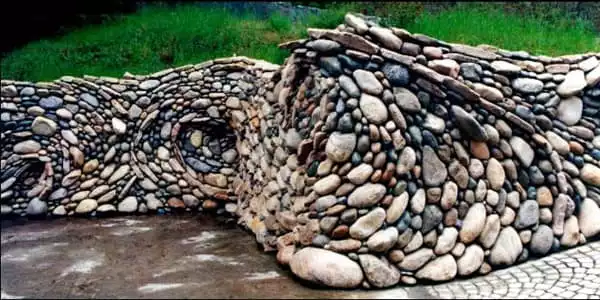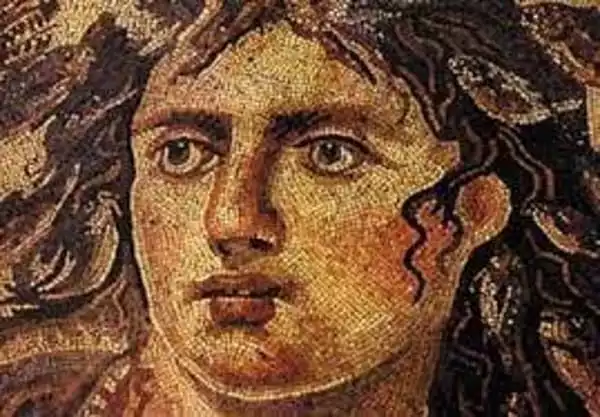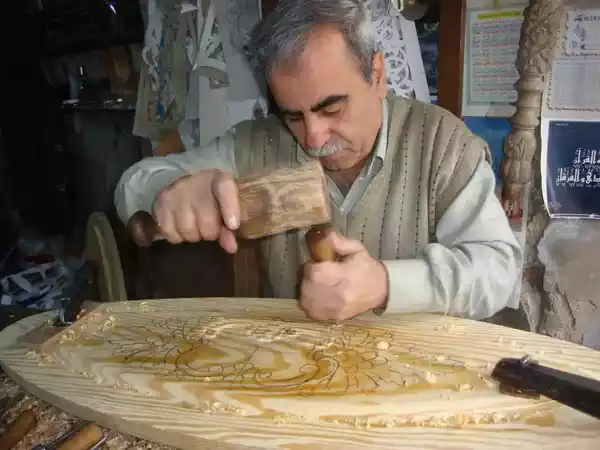Syria is home of the oldest mosaics ever found
some people say that Syria is home to some of the oldest mosaics ever found. However, much of the country’s historic mosaics have been damaged or robbed during years of fighting. Few, if any, people are interested in buying the contemporary mosaics created by Syrian artisans who are struggling to carry on their grandfathers’ trade.
Syrian oldest mosaics come in two different varieties:
Ancient tradition with stonework

Little stones are still used to embellish mosques, swimming pools, flooring, and big rooms nowadays.
Oldest Mosaics made of wood

Oldest Mosaics made of wood are a relatively recent invention. It is believed that the famed wooden mosaics of Syria date back 300 years, when the mosaic artists also included bones and shells. The mother-of-pearl and ivory inlay on the contemporary timber mosaics creates complex geometric patterns.
Oldest Mosaic Museums in syria

Syria’s Maarrat al-Numan Museum
2,000 square meters of mosaics, largely from the late Roman and Byzantine eras, are housed in the largest mosaic museum in the Middle East. The displays, which are reproduced on the walls and floors, include geometric shapes as well as scenes from ordinary life and hunting. While most of the mosaics inside the museum are still in place, airstrikes in 2015 damaged a large number of mosaics outside.
According to Syrian mosaicist Abdul Razak Tawil, several mosaics, including one showing a king and queen of Apamea, were unearthed in 2012 and later sold in Beirut. Unknown as of today is what became of the enormous, antiquated mosaic. It’s being sought after by Interpol.

Oldest Mosaics from the Byzantine and Roman eras can be found in northern Syria. For individuals who benefit from protection from armed jihadist organizations, conducting unauthorized excavations and selling the finds on the illicit market have become standard practices, according to Tawil, who also claimed to have seen the Apamea mosaics during their initial excavation.
Since the Levant started adopting last names at the beginning of the 17th century, families’ last names have evolved to represent the professions and crafts they inherited and excelled in since they were a significant source of money.
One of the crafts that was not yet considered to be traditional was mosaic making. It was created by Jorji Gabriel al-Bitar, a master of the Damascene Mosaic trade, which now creates the most exquisite antiquities for which visitors travel to Damascus.
The following is taken from the blog post titled “The Damascene Jorji Gabriel al-Bitar, the Creator of Mosaic Art” by historian and researcher Joseph Zeitoun.
Some artisans convey a message
We shall fight to preserve this art because it is a part of our history. It is the family’s and the area’s legacy, and we will pass it on to our offspring in the same manner that our ancestors did.
Currently, Germany and Austria are among the countries to which mosaics are primarily exported. They are frequently sent via DHL or other shipping companies from Syria to Turkey via the Bab al-Hawa border crossing. I’ve also sent a lot of pieces to Canada. Due to the collapse of the Syrian currency and growing production costs, prices have substantially risen. Additionally, artisans attempt to promote their mosaics on social media and mosaic websites. The demand for mosaics has decreased from the previous year’s at least 100 sales abroad.
In an effort to preserve their culture and creativity, many Syrians who fled the nation brought some of their crafts with them.. Mosaic is no exception.



